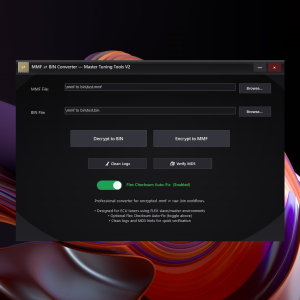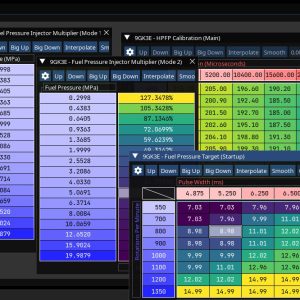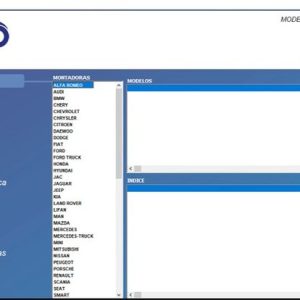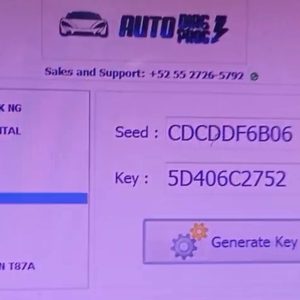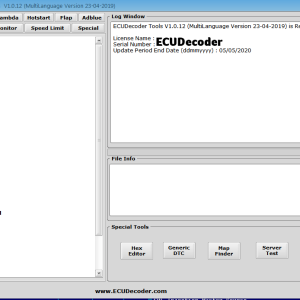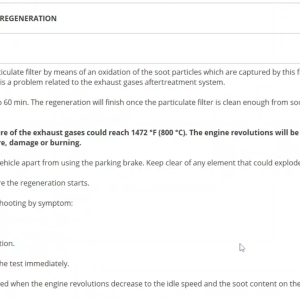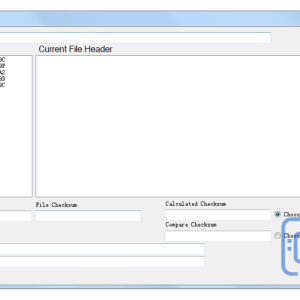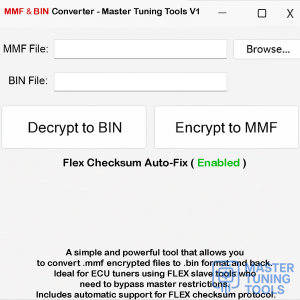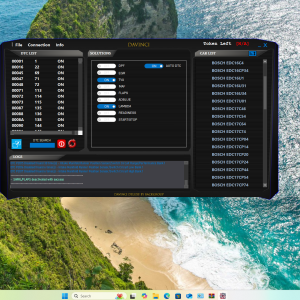Checksum Correction in ECU Tuning: Ensuring Integrity and Performance ⚙️🔧
in ECU Tuning on September 8, 2025Understanding Checksum Correction in ECU Tuning
Checksum correction is a crucial process in ECU remapping that ensures the integrity of the data within the ECU (Electronic Control Unit). When modifications are made to the ECU’s firmware, such as during chip tuning or remapping, the checksum must be recalculated to prevent errors and ensure proper vehicle operation.
What is a Checksum? 🔧
A checksum is a value derived from a set of data, used for error-checking purposes. In the context of ECU tuning, it verifies that the data has not been altered incorrectly. If the checksum does not match the expected value, the ECU may reject the new firmware or, worse, enter a fail-safe mode.
Importance of Checksum Correction ⚙️
- ➡️ Data Integrity: Ensures that the modified ECU firmware is valid and functional.
- ➡️ Preventing Failures: Avoids potential failures or malfunctions that can occur if the checksum is incorrect.
- ➡️ Enhanced Performance: Correct checksums allow for optimized performance adjustments without risking engine safety.
How to Perform Checksum Correction 🔧
Performing checksum correction involves recalculating the checksum after any modifications to the ECU data. Here are the general steps:
- ✅ Identify the ECU: Determine the specific ECU model and its firmware version.
- ✅ Modify the Firmware: Use tuning software to adjust parameters such as fuel maps, ignition timing, or boost levels.
- ✅ Recalculate the Checksum: Utilize tools specifically designed for checksum correction to generate the new checksum value.
- ✅ Upload the Modified Firmware: Flash the modified firmware back to the ECU, ensuring the new checksum is accepted.
Common Tools for Checksum Correction 🛠️
Several tools and software solutions are available for mechanics and tuners to perform checksum corrections:
- ➡️ ECU Remapping Software: Many professional tuning software packages include built-in checksum correction features.
- ➡️ Standalone Checksum Calculators: Tools that specifically calculate checksums for various ECU models.
- ➡️ Diagnostic Tools: Advanced diagnostic tools may provide checksum verification capabilities.
Real-World Example 🚗
Consider a scenario where a tuner modifies the fuel maps of a turbocharged engine to enhance performance. After making these changes, the checksum must be recalculated. If the tuner neglects this step, the ECU might not accept the new map, leading to poor engine performance or even a no-start condition.
Conclusion ✅
Checksum correction is an essential aspect of ECU tuning that ensures the reliability and performance of modified vehicles. By understanding and implementing proper checksum procedures, tuners can enhance vehicle performance while maintaining data integrity.

